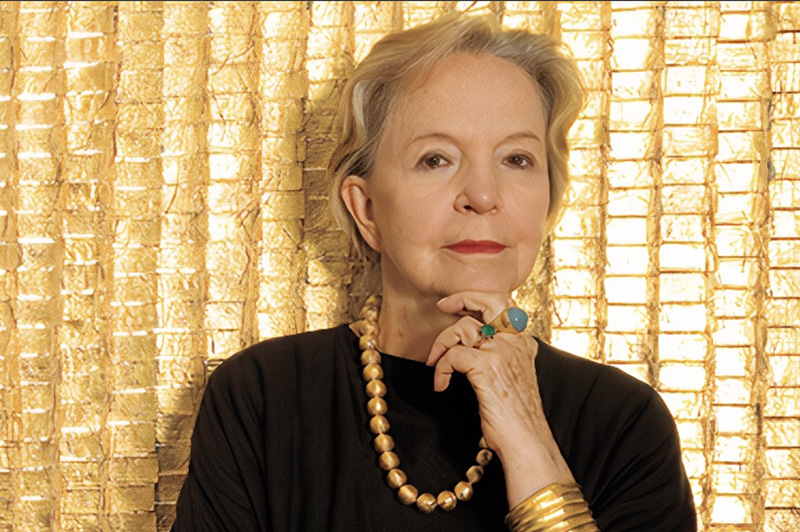Olga de Amaral is one of the most well-known abstract artists in Colombian contemporary art. She was born in 1932 in Bogotá and began her artistic career in the Colegio Mayor de Cundinamarca. In 1954 she traveled to the United States to improve her knowledge of textile art at the Cranbrook Art Academy, Michigan. On her return to Colombia, she continued her artistic explorations at the same time that helped to establish the Department of Textile Art at the University of Los Andes, the precursor of the current programs of Art and Design.
Amaral reflected on the limits between art and crafts thanks to her monumental and large textiles. This observation is related to gender because in Colombia women had access to art thanks to those practices that had been traditionally seen as artisanal (ceramics, textiles, among others) or thanks to the so-called minor genres. Amaral’s artwork had been constructed from this marginality that had allowed her to explore no only aesthetic languages, but also to do a rescue of prehispanic and traditional techniques. The manual is contrasted with modern and industrial practices. Amaral had very similar stylistic to the work of other Latin American women artists such as Cecilia Vicuña, who thanks to her textiles had reflected upon gender, race, and cultural identity.
